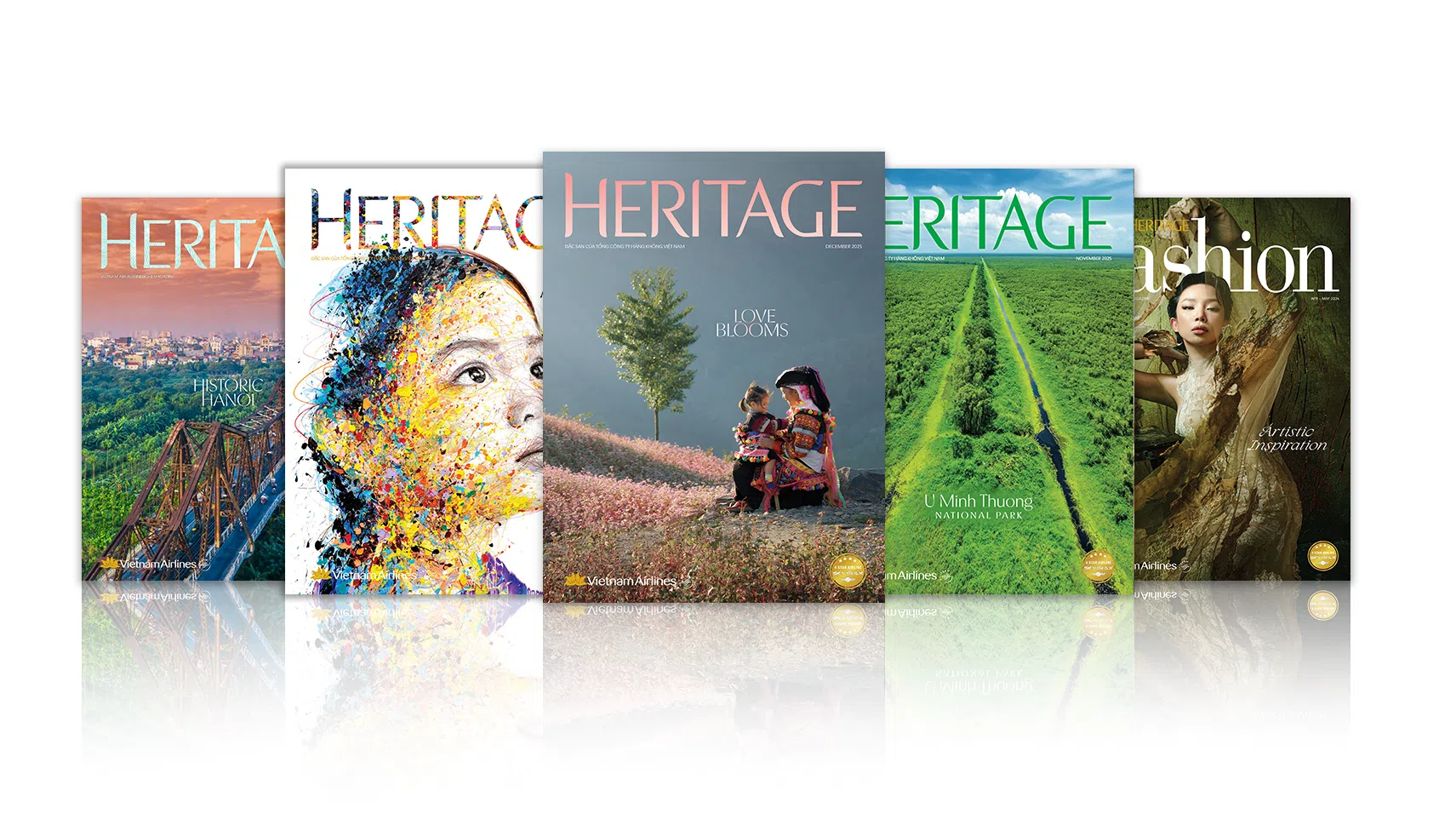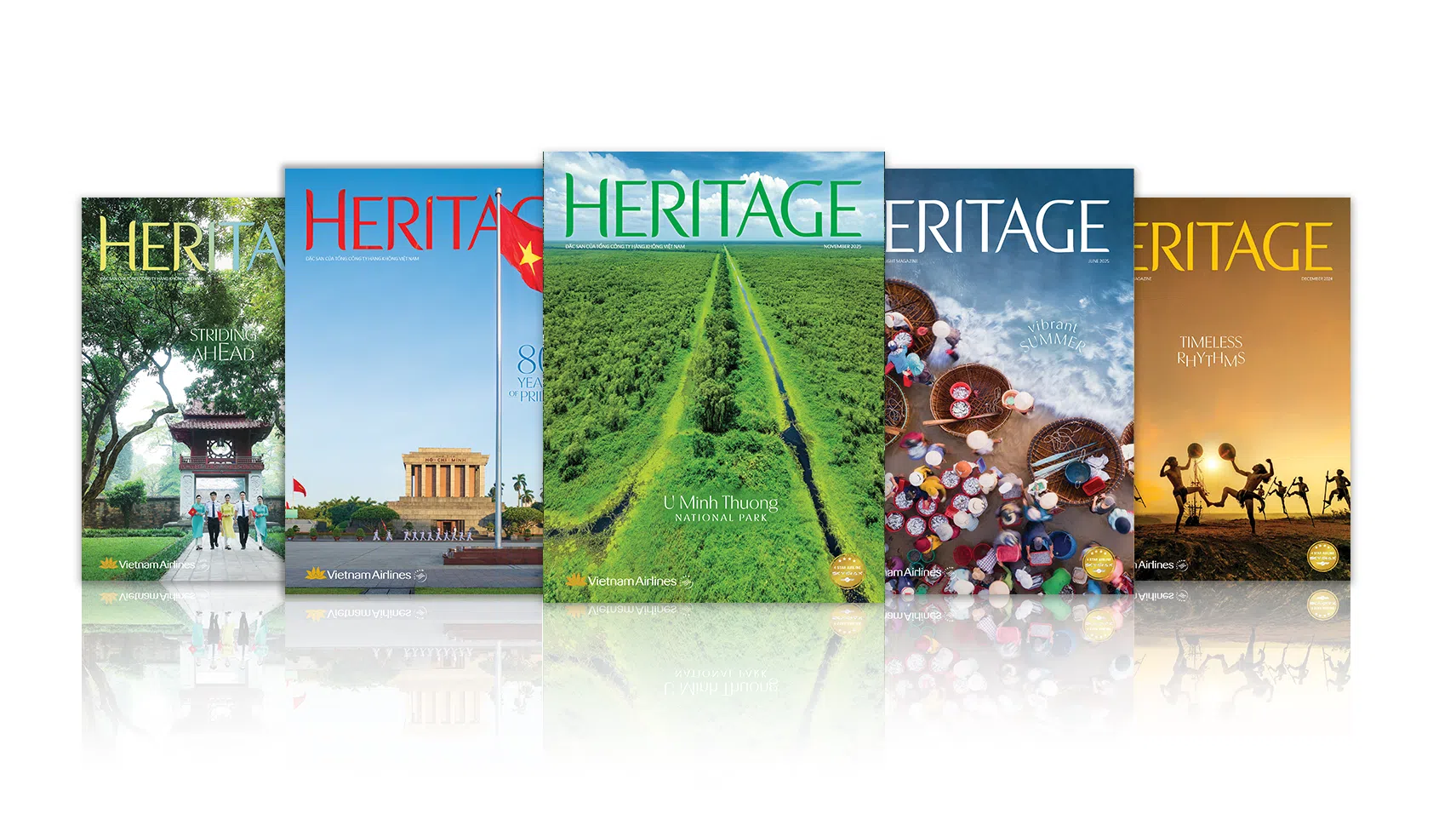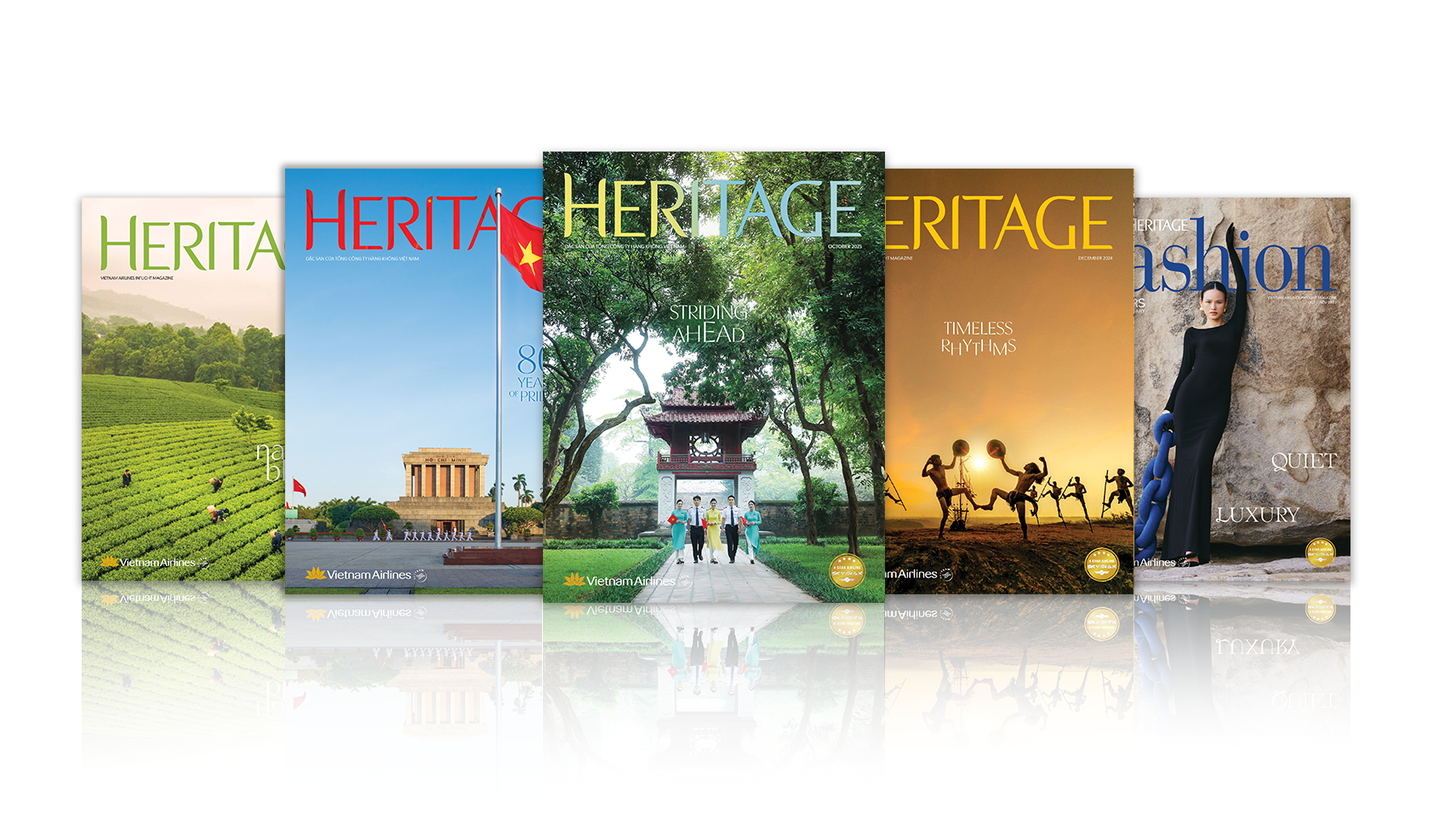Story: Travel Blogger Travip
Photos: Travip, Hoang Anh, Shutterstock
The state of Sabah, at the eastern tip of Malaysia, boasts extraordinary nature, a mild climate, and richly distinctive indigenous cultures. Together with the state of Sarawak and the Federal Territory of Labuan, it forms East Malaysia. This region lies on the island of Borneo, whose territory is shared by three countries: Malaysia, Indonesia, and Brunei. East Malaysia is less developed than West Malaysia (also called Peninsular Malaysia), which many people find appealing.
If you love collecting passport stamps, you’ll enjoy Sabah. Even though you’re traveling within Malaysia, foreign visitors entering Sabah clear immigration and receive an additional passport stamp. The same applies in Sarawak and Labuan. That’s because the states of East Malaysia have a high degree of autonomy, including over immigration control.
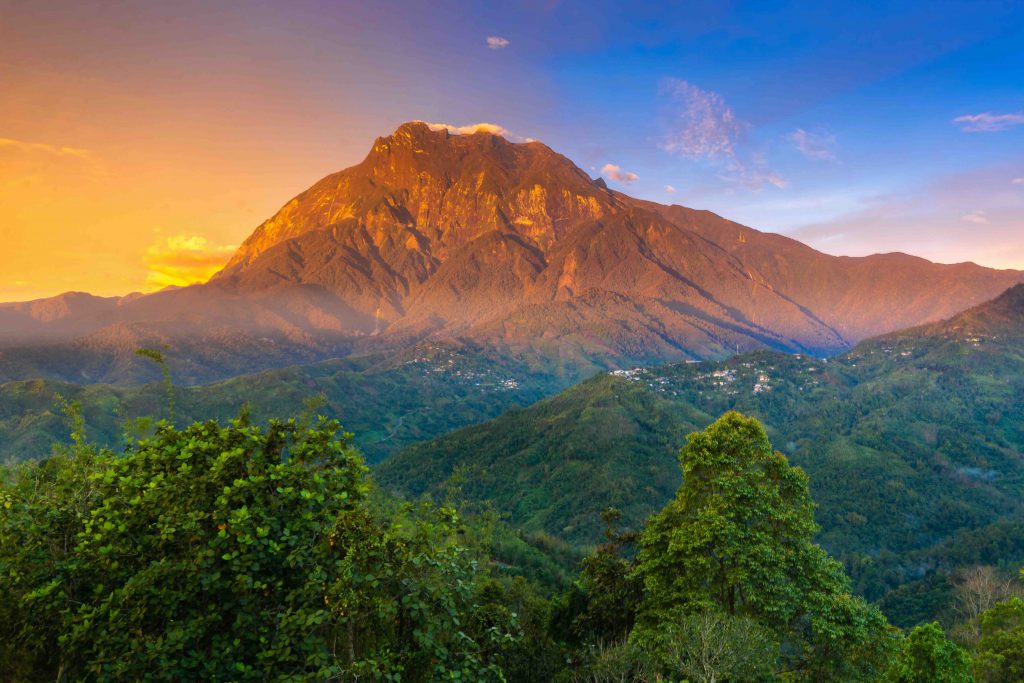
Sabah is nicknamed “The land below the wind”. The name may set imaginations adrift with romantic images. In fact, it comes from Sabah’s position just below the track of tropical storms, which helps the state avoid their direct impacts.
Sabah covers 73,904 km² and has a population of nearly four million, including more than 30 indigenous ethnic groups and hundreds of local subgroups. To better understand these cultures, visitors often start at Mari Mari Cultural Village, which portrays the traditions of five representative peoples: the Dusun, who form the majority in Sabah and are skilled farmers; the Rungus, also known for farming and their longhouses; the Lundayeh, adept at river fishing; the Bajau, comprising Land Bajau renowned for horsemanship and Sea Bajau known for free-diving and a nomadic lifestyle at sea; and the Murut, associated in historical accounts with headhunting, no longer practiced, of course.
Visitors can try a range of experiences at Mari Mari Village, such as jumping from a bamboo platform, making fire with bamboo, getting temporary tattoos on their arms, tasting wild honey, sampling signature dishes, and watching captivating dances. Interactive moments, like a Murut performer suddenly emerging from the bushes to “question” you before letting you enter the village, add a fun sense of theater.
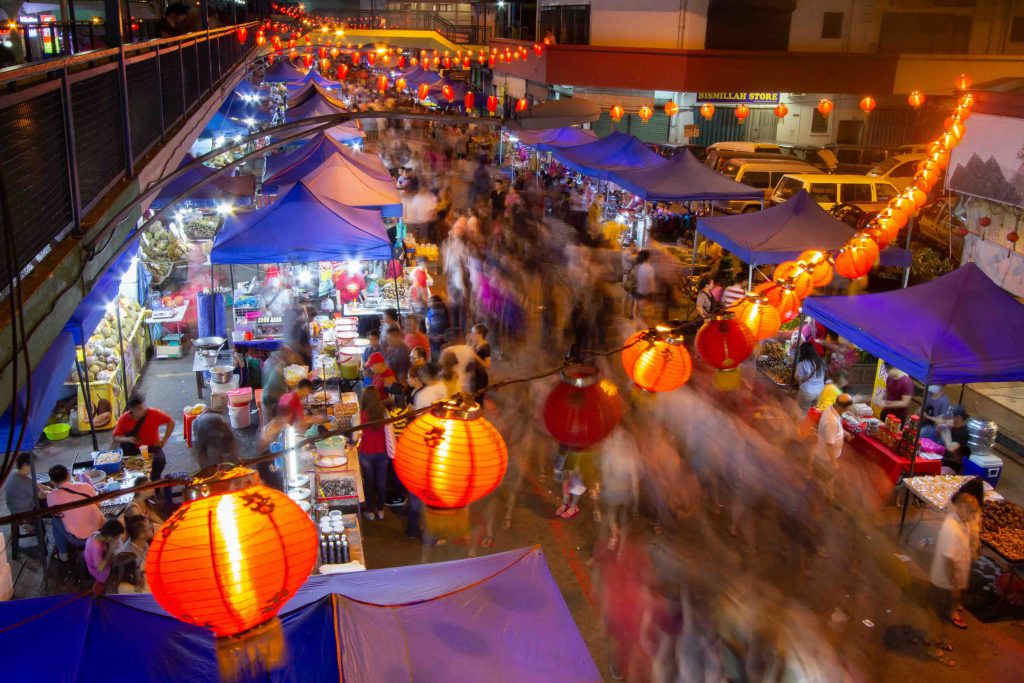
Adventure‑seekers will likely have their eyes on Kinabalu National Park, home to wild, pristine nature and Mount Kinabalu (4,095 m), the highest peak in Malaysia. For a gentler way to enjoy the outdoors, spend an afternoon white‑water rafting on the Kiulu River, which offers just enough thrills to wake up your senses as you soak in the scenery. Wildlife lovers are often delighted to spot proboscis monkeys, a species endemic to Borneo. It’s easy to see troops of these primates lounging in trees, munching on leaves, flowers, seeds, and fruit. Males have long noses that protrude beyond their snouts and serve to attract females. Take a boat ride at dusk for a perfect chance to see fireflies crowding the riverside shrubs, as if a starry sky were sinking toward the water’s surface in the dark.
With a little luck, your journey through Sabah may reveal a Rafflesia, a parasitic plant that grows on host trunks or vines. When it opens, it resembles a colossal blossom, which is why it’s often referred to as a “flower”. Sometimes called the “largest flower in the world”, it boasts blooms of up to 1.1 meters in diameter. Sightings are rare: from the first bud to full bloom takes about seven to 13 months, and once it opens, it lasts only around seven days before quickly rotting. This magnificent giant “flower” is associated with the mysterious beauty of the tropical rainforest and a spirit of adventure, even appearing on Malaysia’s 10‑ringgit banknote. Of the 23 species of Rafflesia worldwide, nine are found in Sabah.

When you’ve had your fill of forest trails, rapids, and humid heat, head for cooler climes at Desa Dairy Farm. Set high in the hills, its grassy meadows and mountain views may remind travelers of New Zealand or Switzerland. Spanning 199 hectares, the farm offers views of herds of dairy cows ambling about as they graze.
Between more active pursuits, you can opt to stay at offshore resorts, away from the bustle of the city, in overwater villas. Just off the coast of Kota Kinabalu, the state capital, lie beautiful islands such as Mari Mari Sepanggar, also known as Rainbow Island. Here you can try sea walking (helmet diving) to admire the vibrant underwater world, swim, snorkel, ride a jet ski, and enjoy a leisurely lunch on the island. If you prefer a livelier scene, nearby Manukan Island is a great choice.
By night, strolling through the bustling markets of Kota Kinabalu is a wonderful way to tap into the local rhythm of life. Alongside stalls selling regional specialties, you’ll find eateries serving fresh seafood and a range of distinctly local dishes. And if you’re looking for gifts to bring home, don’t forget that Sabah is also well known for its fine teas.
Sabah isn’t far. It promises experiences that are unexpected, delightful, and different. A four to five day itinerary is just right for exploring Sabah, though you can also spend a full week there to savor the fresh air and unhurried pace of life.
Vietnam Airlines flies direct from Hanoi and Ho Chi Minh City to Kuala Lumpur, where a connecting domestic flight takes about 2.5 hours to reach Kota Kinabalu, the capital of Sabah.







